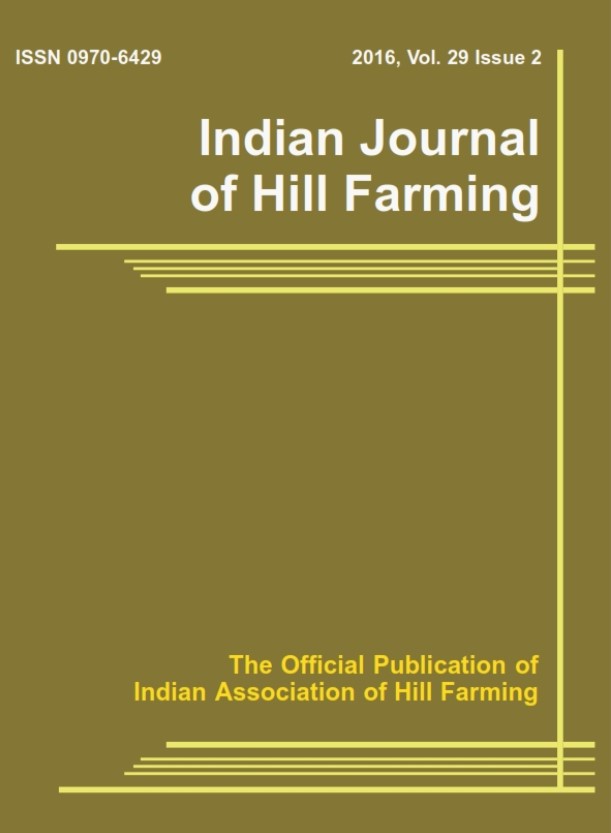Hydroponics fodder production for sustainable livestock husbandry in Arunachal Pradesh: A review
Keywords:
Arunachal Pradesh, Hydroponics fodder, Livestock production, Review, SustainableAbstract
Arunachal Pradesh being one of the northeast state having different livestock population comprising mithun, yak, cattle sheep and goat but the production and productivity is low with respect to census population. One of the major reasons behind low production and productivity is inadequacy of quality green fodder. Further with rapid non-agricultural development there is shortage of land, manure, labour and further uncertain natural calamities put a constant stress on round the year fodder production especially during lean period. Thus, Hydroponic is the best alternative method as it requires less space, efficient water utilization, short duration for growth and less carbon footprint in terms to labour and energy. The fodder produce under this system is more palatable and harvested at 7-8 days. Many studies have found it enhance the milk production due to its rich nutrient compare to normal production. The finest hydroponic fodder for Indian conditions are maize and barley. Leafy vegetables like spinach and coriander can also be cultivated hydroponically. The different hydroponic production techniques include deep water system, drip, aeroponics, ebb and flow system, nutrient film technique, and wick system. Thus, provide ample scope for round the year quality fodder production for optimum milk production and thereby sustainable livestock production under changing climate change situation.




